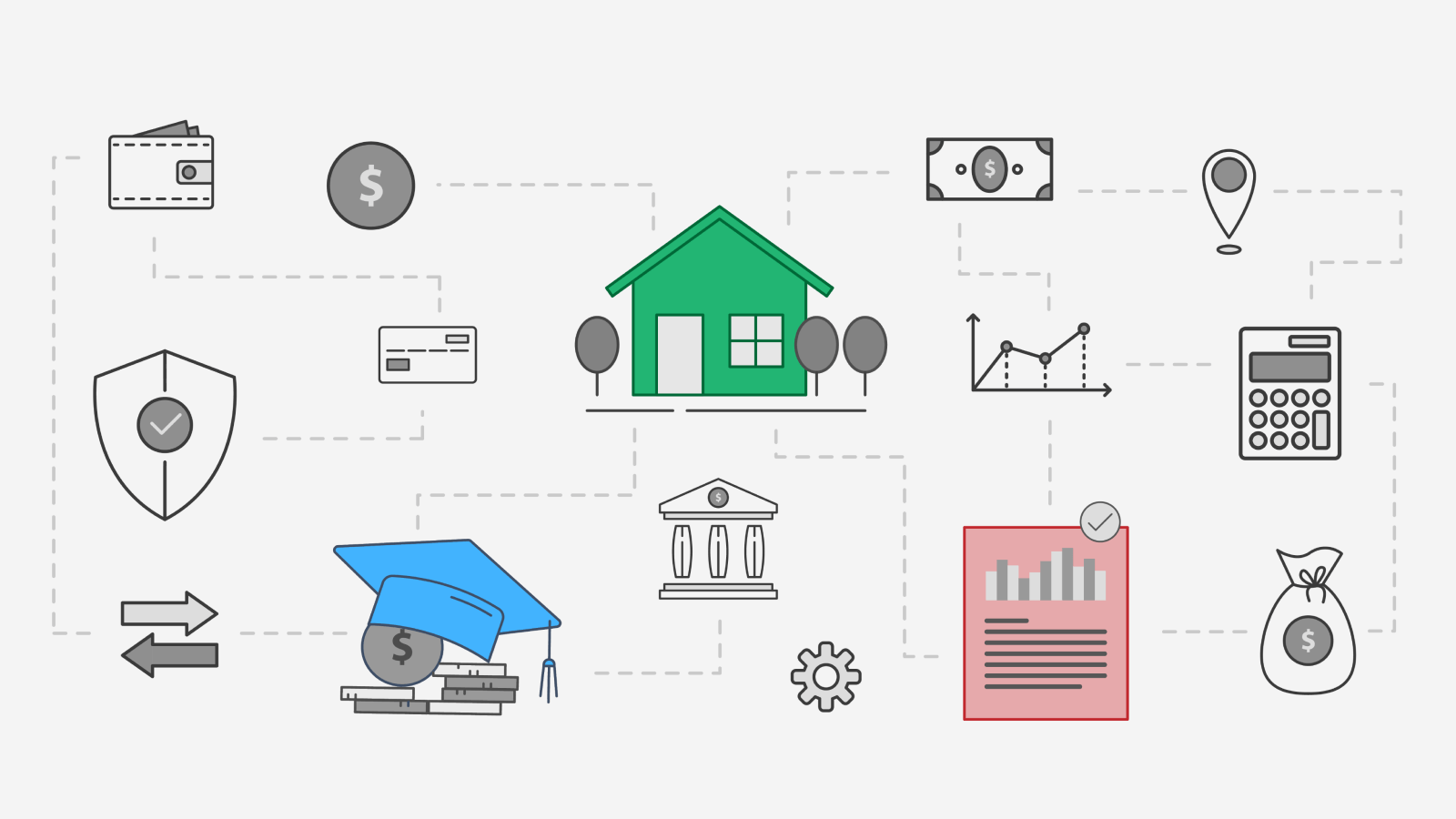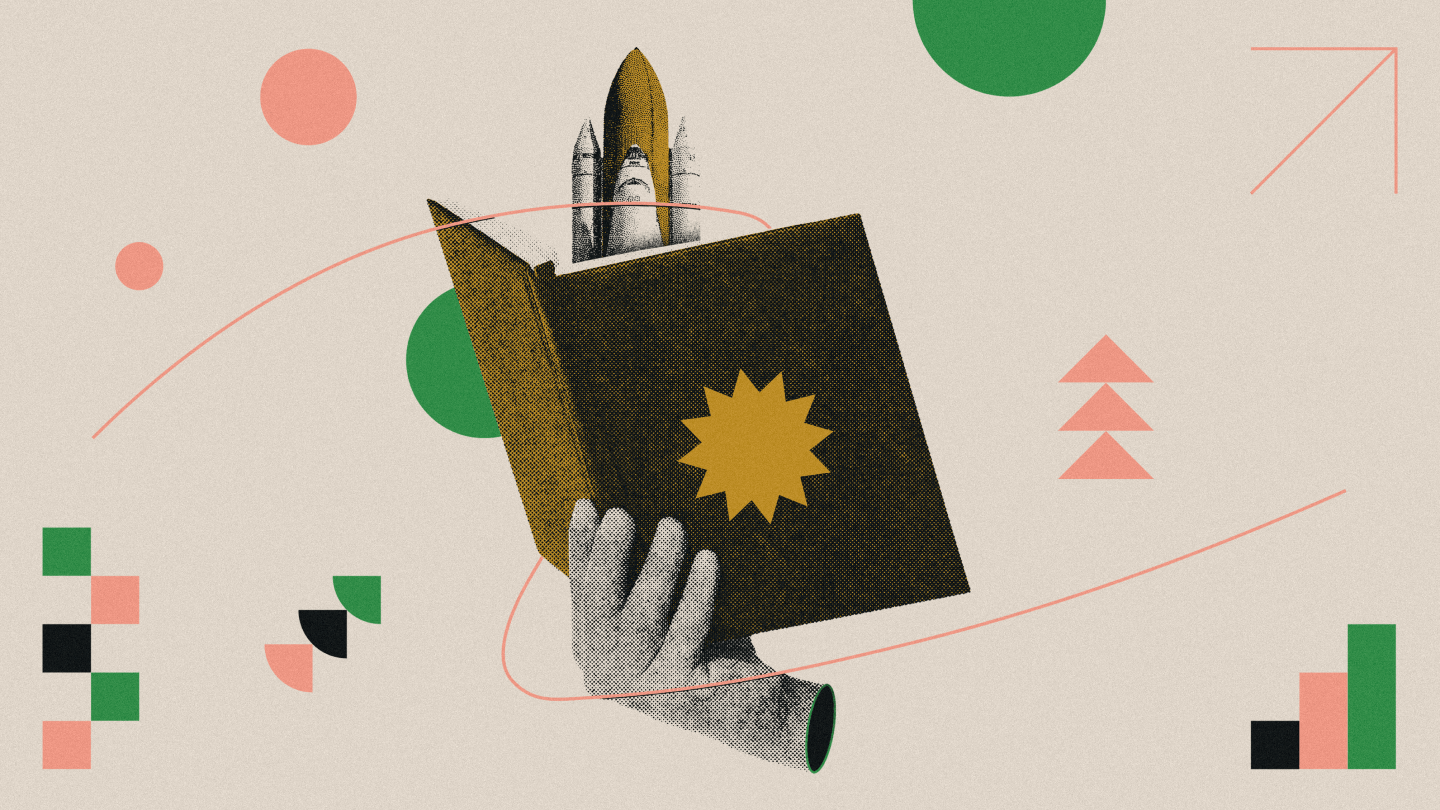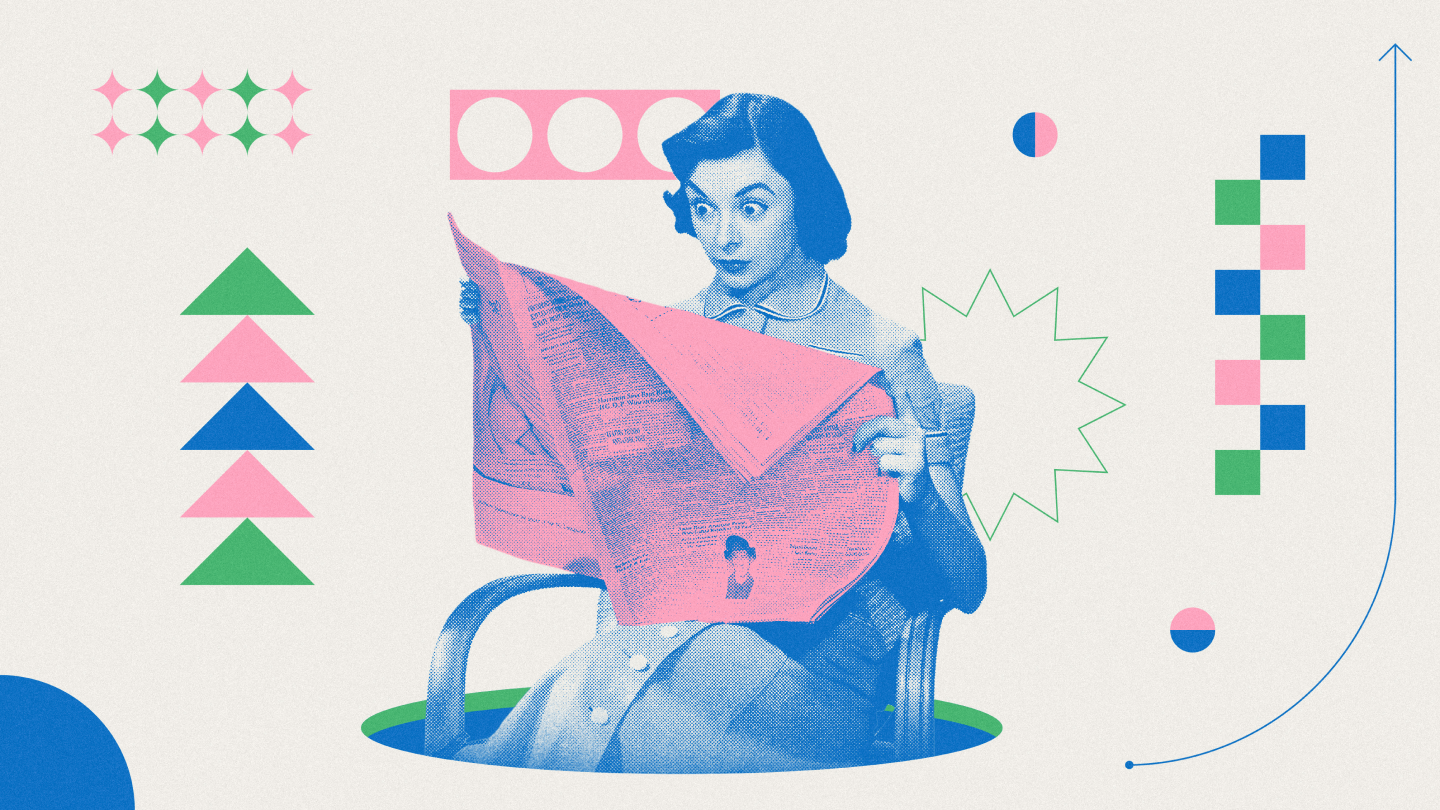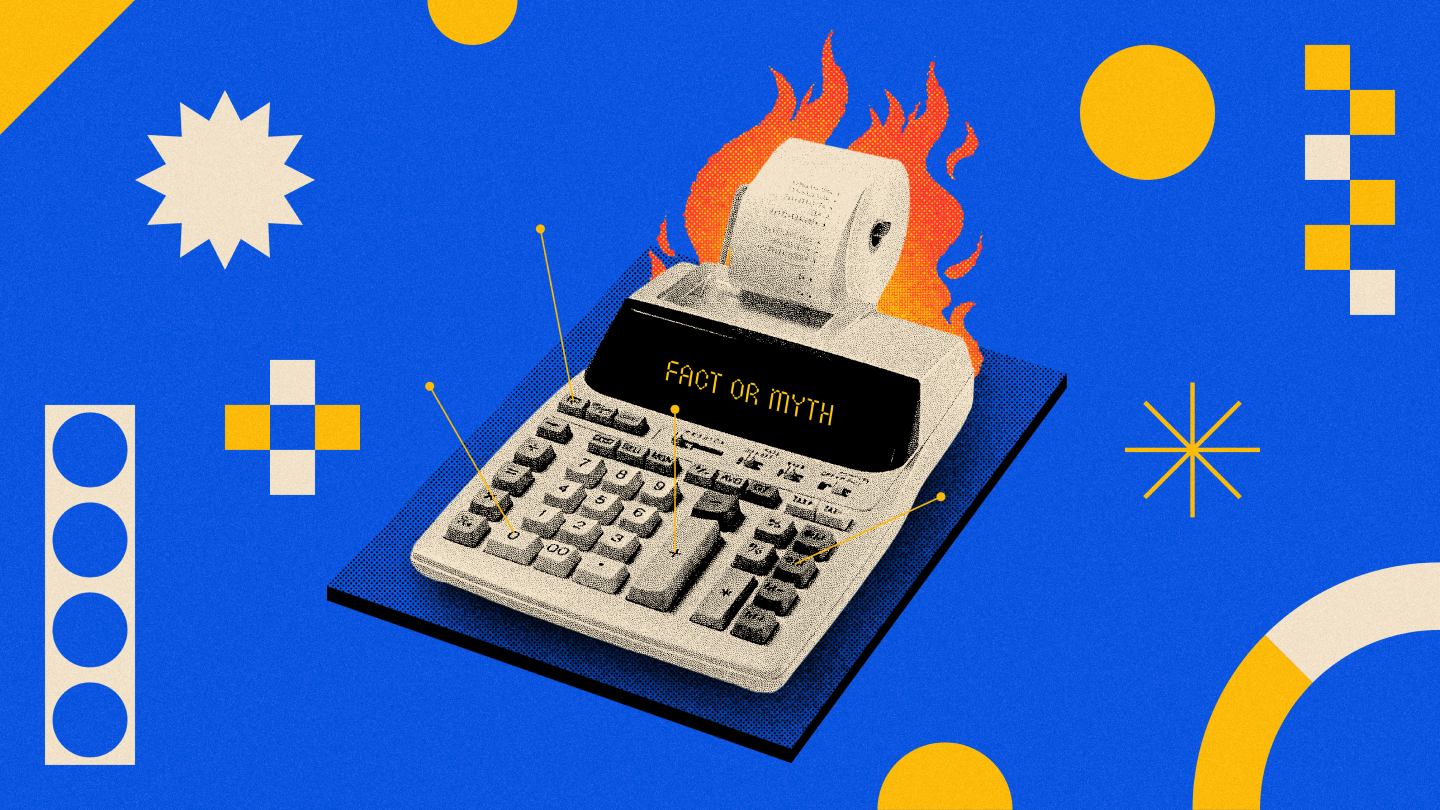Debt can get a bad wrap. But the truth is there are times when it can be a good thing. For example, you actually need to take on some debt to build up a credit score that will allow you to make bigger purchases later in life—and that’s just one example.
You may have heard the terms “good debt” and “ bad debt” but do you know the difference, and how debt management works?
How to tell the difference between good debt and bad debt
Good debt is debt you can leverage to increase your cash flow. Examples of this could be education, a mortgage, home renovations, a business loan, and many others.
Bad debt is any situation where you are borrowing money for the purpose of consumption (consumer debt), which rarely leads to you increasing your income or cash flow. Common examples are payday loans, purchasing consumer products or the increasingly common credit card debt.
When it comes to credit cards, there are a few important things to keep in mind. Having credit is important, but it can be a double-edged sword—credit cards are one of the easiest ways to improve or damage your credit score.
In an ideal world, credit cards would be paid in full each month; however, that can be hard to achieve. Just be careful not to start piling up credit card purchases because if you are unable to pay off the balance each month, it will definitely affect your credit score.
It’s highly recommended that you have one or two credit cards, but never exceed more than 50% of your credit limit at any time.
Payday, or other high interest loans, can look great in the short term for making a large purchase or paying off bills, but can cost you a lot more in the long run since you end up paying a premium just to access the money right away.
It’s not uncommon to pay 50% interest or more for such loans. Payday loans, personal loans with no credit check, car title loans, and pawn shop loans offer quick cash with minimal upfront requirements. These types of loans target individuals with lower credit and will charge high interest and fees—costing the borrower more than an average loan.
Are student loans considered good debt or bad debt?
Student loans are typically looked upon as good debt since it will help you find work with a higher income. It isn’t until you are unable to repay the student loan that it may damage your credit score.
When looking for student loans, you should consider the terms of payment since many will offer an interest-free period. Make note of when your loan balances will incur interest and determine how this low interest debt can work for you.
Some individuals prefer paying down their student debt as fast as possible, but others prefer prioritizing their cash elsewhere. Examples could include investments like stocks or property where the value will grow more than the interest incurred from the loan.
Once you've finished school, a good rule of thumb is to not let your student loan debt exceed 10% of your salary.
Take a look at the expected wage for a first year employee leaving your program or the starting salary for an entry-level position in your goal career. Is your future salary able to handle this debt? If not, consider your options. Choose your degree wisely and, if possible, try to pay off a portion of your loan while you’re still in school.
If you’re already searching for a job, or are in the early stages of your career, start looking into upskilling so you can increase your earning potential and become more employable. This can help you pay off your student debt faster.
When it comes to the cost of education, know that you can pull up to $10,000 per year from any RRSP savings you have with a maximum of a $20,000 withdrawal.
Keep in mind that it does need to be paid back within 10 years or else those withdrawals will be taxed as additional income. You can learn more about using RRSPs this way from the Lifelong Learning Plan overview on the CRA website.
Is a mortgage considered a good debt or bad debt?
Buying your first house is exciting, but sometimes the debt can feel overwhelming—but don’t worry. Your home will be looked at by creditors as good debt since it’s an asset. Plus, the value in your house can be leveraged in many other ways as well: paying off debt, investing, and more.
If you’ve had your home for a while, one way to increase its value with good debt is to do renovations. You may be able to take on a home improvement loan to make changes that can be as simple or complicated as you decide.
Even relatively small projects you can take on yourself may add value. Things like updating light fixtures or paint and adding a fence or garden can do wonders for curb appeal. Otherwise, homeowners can choose to bring in contractors for bigger, value-adding projects like basement redevelopment, a new garage, or modernizing rooms.
Investing in real estate is a way many Canadians add to their income. A good rule of thumb many realtors will share is to never sell your first home. Instead, opt to rent it out and use that income to supplement your own. You can also leverage properties as the market climbs, and sell at the right time so you can use the profits to purchase another property.
Taking on business debt
To invest or not to invest. That’s a question many business owners struggle with. There’s a fine line when it comes to putting money into your business to grow it while not incurring too much business debt.
Ideally, you’ll build a debt-free cash flow business, but in reality you’ll need to spend money to make money. So, how do you manage the debt? Here are some key principles:
- It is essential to have a business budget.
- Do the research and have good projections.
- Have the right help.
- Keep business and personal expenses separate.
Don’t be afraid to take these steps. Just because you’re a brilliant painter, baker or optometrist doesn’t mean you know everything about starting a business. That’s okay and totally normal.
It’s especially critical to have a great accountant or bookkeeper. You could also consider hiring a reputable business coach, and when your budget allows, a virtual assistant who is proficient in marketing and daily admin tasks. While this can seem costly as a new business owner, it can pay off in huge dividends. Keeping your account separate is also a critical step you should take—for taxes and for your own credit rating. This includes having a separate bank account and credit specifically for your business.
It does not necessarily mean having a business account and paying additional fees but it will allow you to track, budget, and forecast all the money coming in and out of the business.
Should I consider a business loan?
When first starting a business, it’s quite common to take on business financing through loans, lines of credit, or credit cards.
Again, remember to keep business and personal lending separate. Before you’re big enough to incorporate, all your lending will be in your name, meaning you will be personally guaranteeing all credit.
Essentially, by agreeing to a personal guarantee, the business borrower will be 100% personally responsible for repayment of the entire loan amount, in addition to any collection, legal, or other costs related to the loan.
Work with reputable lenders like the Business Development Bank of Canada who specialize in helping Canadian business owners get up and running to succeed.
Avoid predatory lenders and be sure to not only check the interest rate, but to read the fine print for the APR. Watch those fees and interest rates and be realistic about what you can afford. Be especially careful about putting up collateral like your home.
Speak with a licensed mortgage broker to really ask those tough questions about what will happen if the business fails and details around using a line of credit or your home as collateral. Also be sure to discuss exit strategies before signing loan documents.
If you get into a situation where it’s becoming difficult to manage the business and personal debt, be sure to reach out for help early. You are not alone, this is very common and professional help is available. One of the bravest things you can do is ask for help when you need it.
In Canada, that means reaching out to a Licensed Insolvency Trustee to help explore your debt relief options. Debt relief service professionals, like Bromwich+Smith, have dedicated teams of Licensed Insolvency Trustees and Debt Relief Specialists who are committed to helping people rebuild their worth and relieve the overwhelming financial burdens people can experience in challenging financial times.
Debt consolidation
Debt consolidation is the process of combining multiple debts into one loan, with the goal of simplifying debt repayment and potentially reducing overall interest. There are several ways this can be done, including taking out a new loan to repay current debt, transferring balances from multiple high interest credit cards to a single card with lower interest, or working with a company to negotiate with your creditors on your behalf.
Debt consolidation can be helpful in relieving credit card debt or payday loans with interest rates higher than 20%.
As all debt is not created equal, it’s important to evaluate and manage all debts appropriately. Debt consolidation can help with both good and bad debt.
For example, if you have a low interest rate mortgage and several high interest credit card balances, you may consider consolidating your credit card debt into a home equity loan or new mortgage.
Anytime you take on new loans, you may be increasing your overall debt burden which puts you at risk for default.
Debt consolidation can have many benefits:
- You can use your assets (such as a home) to secure a lower interest rate
- You can protect your credit rating
- Your creditors will be promptly paid in full by the bank
- You will only have to make one monthly payment to your financial institution instead of several payments to different lenders
- You will spend less money on interest, getting you out of debt faster
As long as you follow the terms of your consolidation loan and make your payments on time, your credit rating should not be negatively affected.
The biggest benefit to you is avoiding being forced to pay high-interest rates, turning small loans into large, hard-to-manage debt over time.
Debt consolidation does have its risks though, so you should consider the following:
- If you still have access to your credit cards, you may be tempted to use them and go further in debt.
- Prompt payments are expected and if you were struggling previously to pay your debts this may still be a challenge to repay the new consolidation loan.
- Some people use a co-signer to get a consolidation loan. If you can’t make your payments, your co-signer will be left responsible for your debt.
- People often use their houses as collateral, which can be risky.
If you have any questions about good debt and bad debt or how to manage existing loans, don’t be afraid to reach out to a Licensed Insolvency Trustee to learn more or explore your debt relief options.
Legal: This article provides information and is not intended to provide any personalized tax, investment, financial, or legal advice. You are encouraged to seek professional advice before making financial decisions.



